Introduction
Zongzi, a traditional Chinese rice dumpling wrapped in bamboo or reed leaves, is a beloved culinary treasure enjoyed during festivals like the Dragon Boat Festival. These parcels, often filled with ingredients like glutinous rice, red bean paste, salted egg yolk, or marinated meat, require careful preparation to achieve their signature sticky texture and harmonious flavors. However, as modern lifestyles demand convenience, frozen zongzi has become a staple in many households. A common question arises: Can frozen zongzi be heated directly, or does it require thawing first? This article explores the science, safety, and best practices for reheating frozen zongzi to ensure both delicious results and food safety.
Understanding Frozen Zongzi: Composition and Challenges
Frozen zongzi is typically vacuum-sealed or packaged in airtight containers to preserve freshness and prevent freezer burn. The primary ingredients—glutinous rice, fillings, and leaves—undergo significant changes during freezing. Ice crystals form within the rice grains, disrupting their structure, while the leaves may become brittle. These factors affect reheating time and texture.
The Science of Freezing and Reheating
Freezing slows bacterial growth but does not kill microorganisms. When reheating frozen foods, the goal is to raise the internal temperature to 74°C (165°F) or higher to eliminate pathogens. However, uneven heating can create “cold spots” where bacteria survive. Direct heating methods, such as microwaving or boiling, must be carefully managed to avoid this risk.
Can You Heat Frozen Zongzi Directly? The Short Answer
Yes, frozen zongzi can be heated directly without thawing. However, the method and duration depend on the heating appliance. Skipping thawing saves time but requires adjustments to cooking time and technique to ensure even heating and optimal texture.
Reheating Methods: Pros, Cons, and Step-by-Step Guides

-
Steaming
- Why It Works: Steaming gently warms the zongzi, preserving moisture and texture.
- Steps:
- Fill a steamer with water and bring to a boil.
- Place frozen zongzi in the steamer basket, leaving space between each.
- Steam for 20–30 minutes (longer for larger zongzi).
- Pros: Retains moisture, enhances leaf aroma.
- Cons: Slower than microwaving.
-
Boiling
- Why It Works: Boiling ensures rapid, even heating but may dilute flavors.
- Steps:
- Submerge frozen zongzi in a pot of boiling water.
- Boil for 15–20 minutes, turning occasionally.
- Pros: Fast, ensures thorough cooking.
- Cons: Risk of overcooking rice; leaves may split.
-
Microwaving
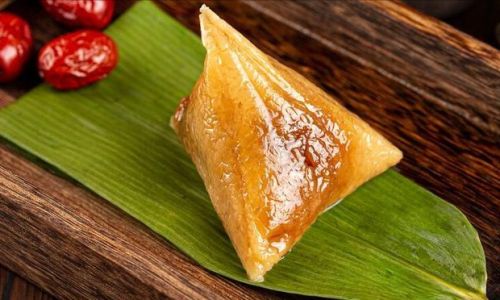
- Why It Works: Microwaves heat water molecules, but uneven heating is a risk.
- Steps:
- Wrap zongzi in a damp paper towel or place in a microwave-safe dish with a lid.
- Microwave on medium power (50–70%) for 3–5 minutes, flipping halfway.
- Pros: Quickest method.
- Cons: May dry out rice; requires precise timing.
-
Oven Baking
- Why It Works: Ovens provide dry heat, crisping the exterior (if desired).
- Steps:
- Preheat oven to 180°C (350°F).
- Wrap zongzi in foil and bake for 25–30 minutes.
- Pros: Crispy texture; hands-off cooking.
- Cons: Longest method; risks drying out.
Safety Tips for Reheating Frozen Zongzi
- Check for Spoilage: Discard zongzi with freezer burn, off-odors, or torn packaging.
- Avoid Cross-Contamination: Use clean utensils and surfaces when handling raw and cooked zongzi.
- Use a Thermometer: Insert a food thermometer into the center to ensure it reaches 74°C (165°F).
- Never Refreeze: Once thawed or reheated, consume within 2 hours.
Common Mistakes to Avoid
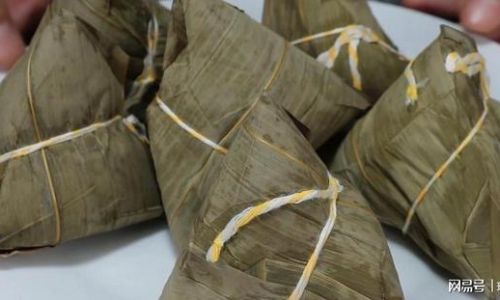
- Overcrowding the Pot/Steamer: This lowers water temperature and prolongs cooking.
- Using High Microwave Power: Risks uneven heating and dried-out rice.
- Skipping the Damp Paper Towel in Microwaves: Leads to dry, tough textures.
- Ignoring Package Instructions: Some pre-cooked zongzi require shorter heating times.
Enhancing Flavor After Reheating
Even perfectly heated zongzi can benefit from complementary flavors:
- Dipping Sauces: Soy sauce, chili oil, or sweet bean paste.
- Herbs and Spices: Sprinkle sesame seeds, cilantro, or crushed peanuts.
- Sides: Pair with pickled vegetables, green tea, or congee.
The Impact of Filling on Reheating
Fillings influence reheating time and safety:
- Meat-Based Zongzi: Require thorough heating to ensure meat reaches safe temperatures.
- Sweet Fillings (e.g., Red Bean): Less prone to bacterial growth but may caramelize if overheated.
- Vegetarian Options: Generally safer but still need proper heating.
Thawing vs. Direct Heating: A Comparative Analysis
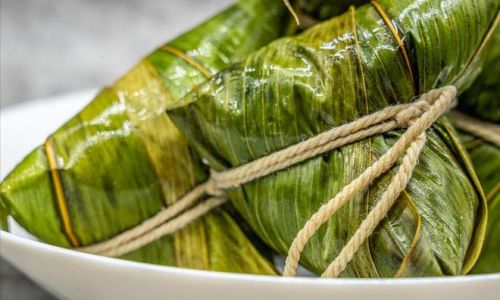
| Criteria | Thawed Zongzi | Directly Heated Frozen Zongzi |
|---|---|---|
| Time | 1–2 hours (thawing) + 10–15 mins (heating) | 15–30 mins (total) |
| Texture | Softer rice (if thawed properly) | Slightly firmer rice |
| Safety Risk | Lower (if thawed in fridge) | Higher (risk of uneven heating) |
| Convenience | Less convenient | Ideal for last-minute meals |
Expert Tips for Perfect Results
- Microwave Hack: Poke small holes in the leaves to release steam.
- Steaming with Flavor: Add a pandan leaf or cinnamon stick to the steaming water.
- Oven Crisp: Unwrap zongzi 5 minutes before baking for a crispy exterior.
- Freezer Organization: Store zongzi flat to prevent ice buildup and uneven freezing.
Conclusion
Heating frozen zongzi directly is safe and convenient, provided you use the right method and monitor cooking times. Steaming offers the best balance of texture and flavor, while microwaving suits busy schedules. Always prioritize food safety by checking temperatures and avoiding cross-contamination. Whether you prefer the sticky sweetness of red bean zongzi or the savory richness of pork-filled varieties, mastering the art of reheating ensures every bite honors this ancient culinary tradition. So, the next time you unwrap a frozen zongzi, remember: with a little care, you can transform a simple frozen parcel into a steaming, aromatic delight.
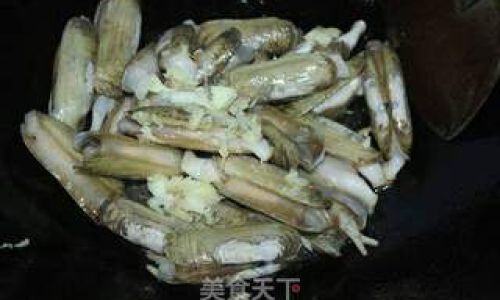
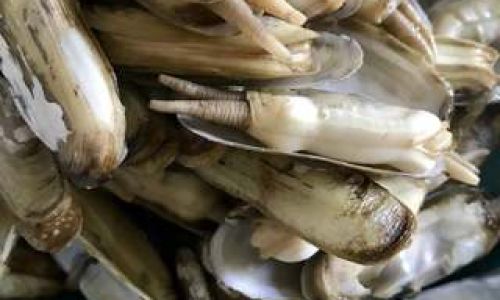
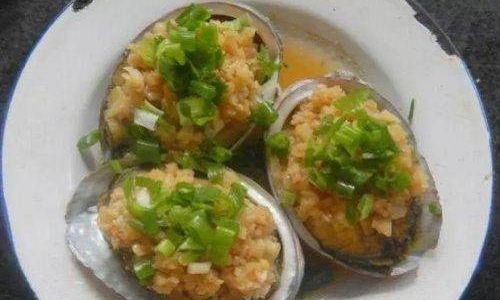
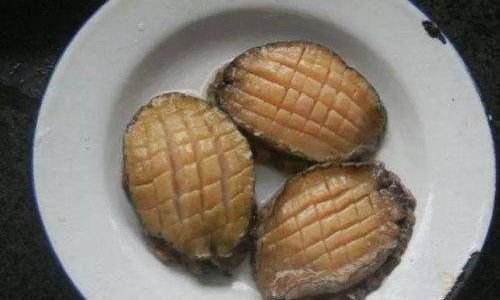
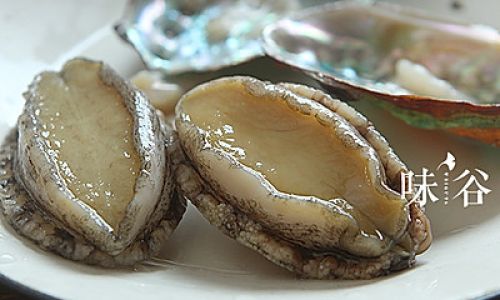
0 comments